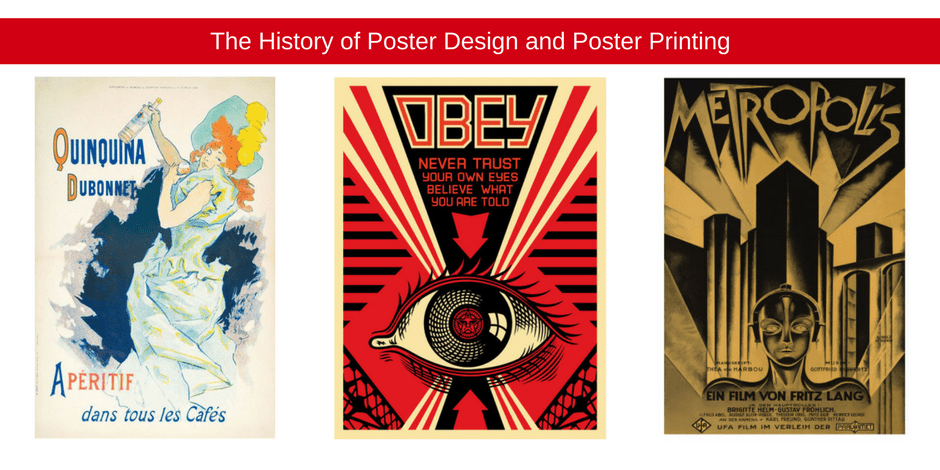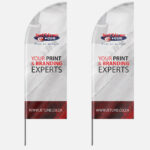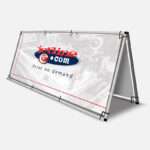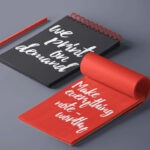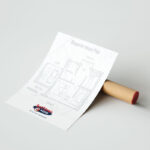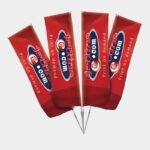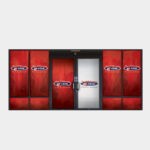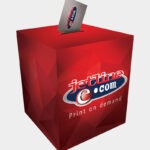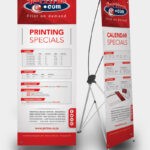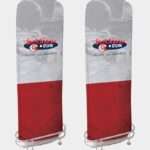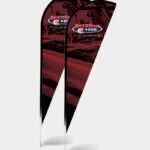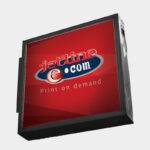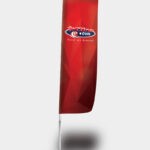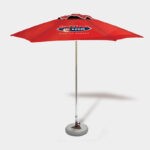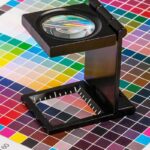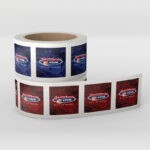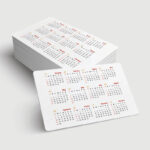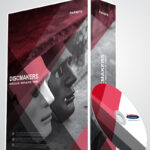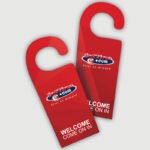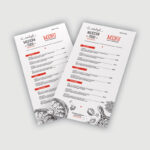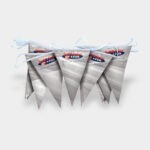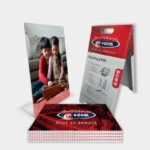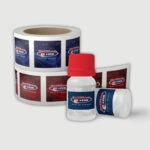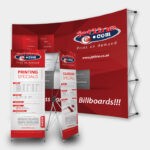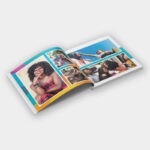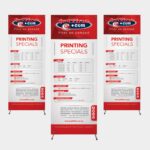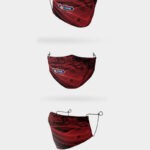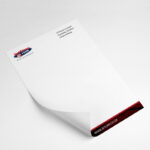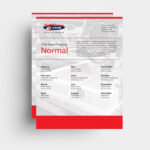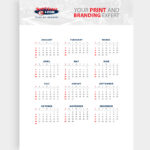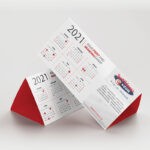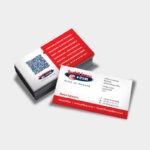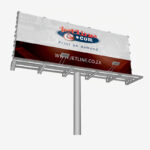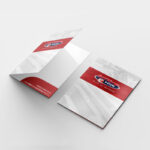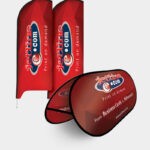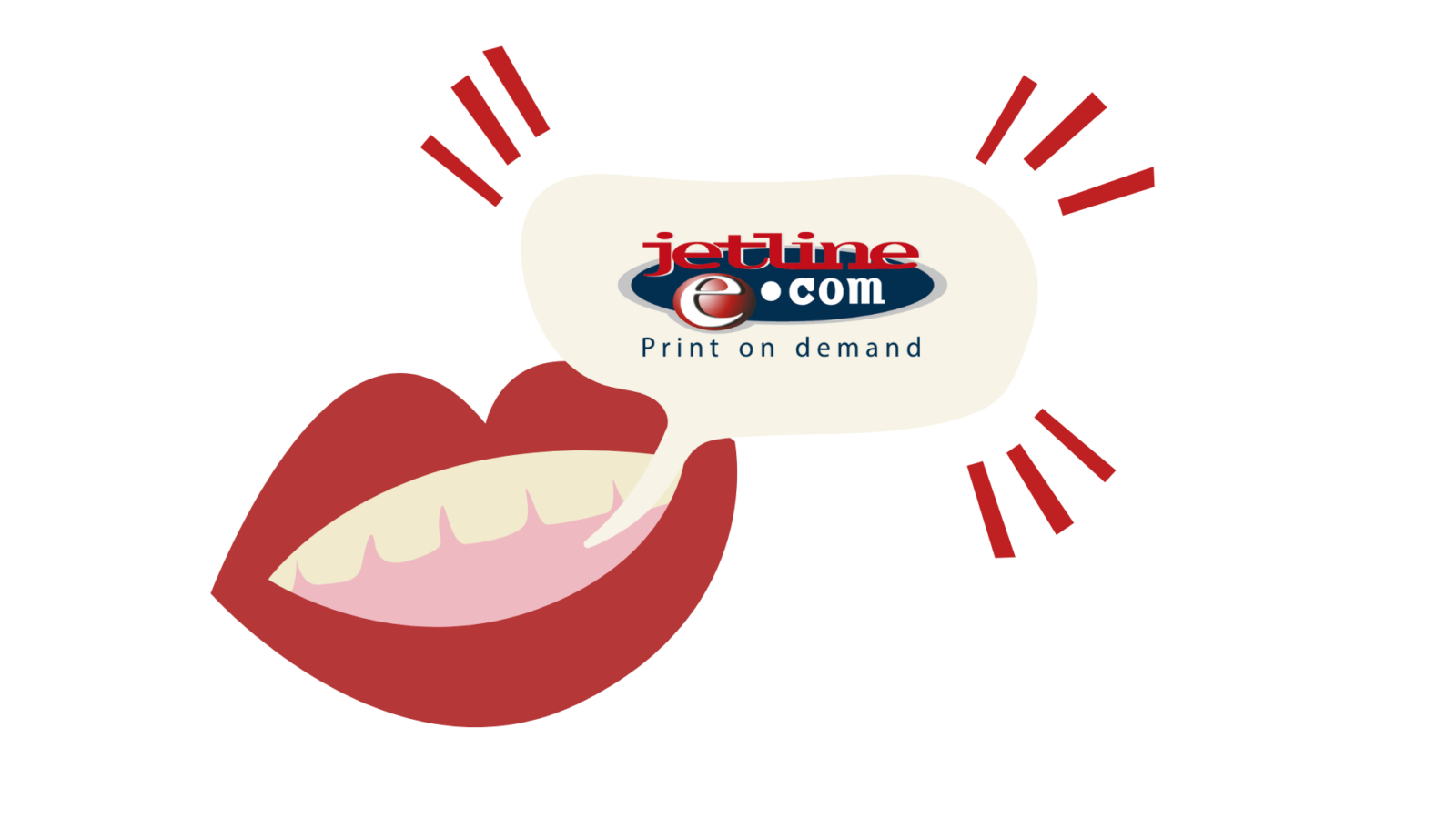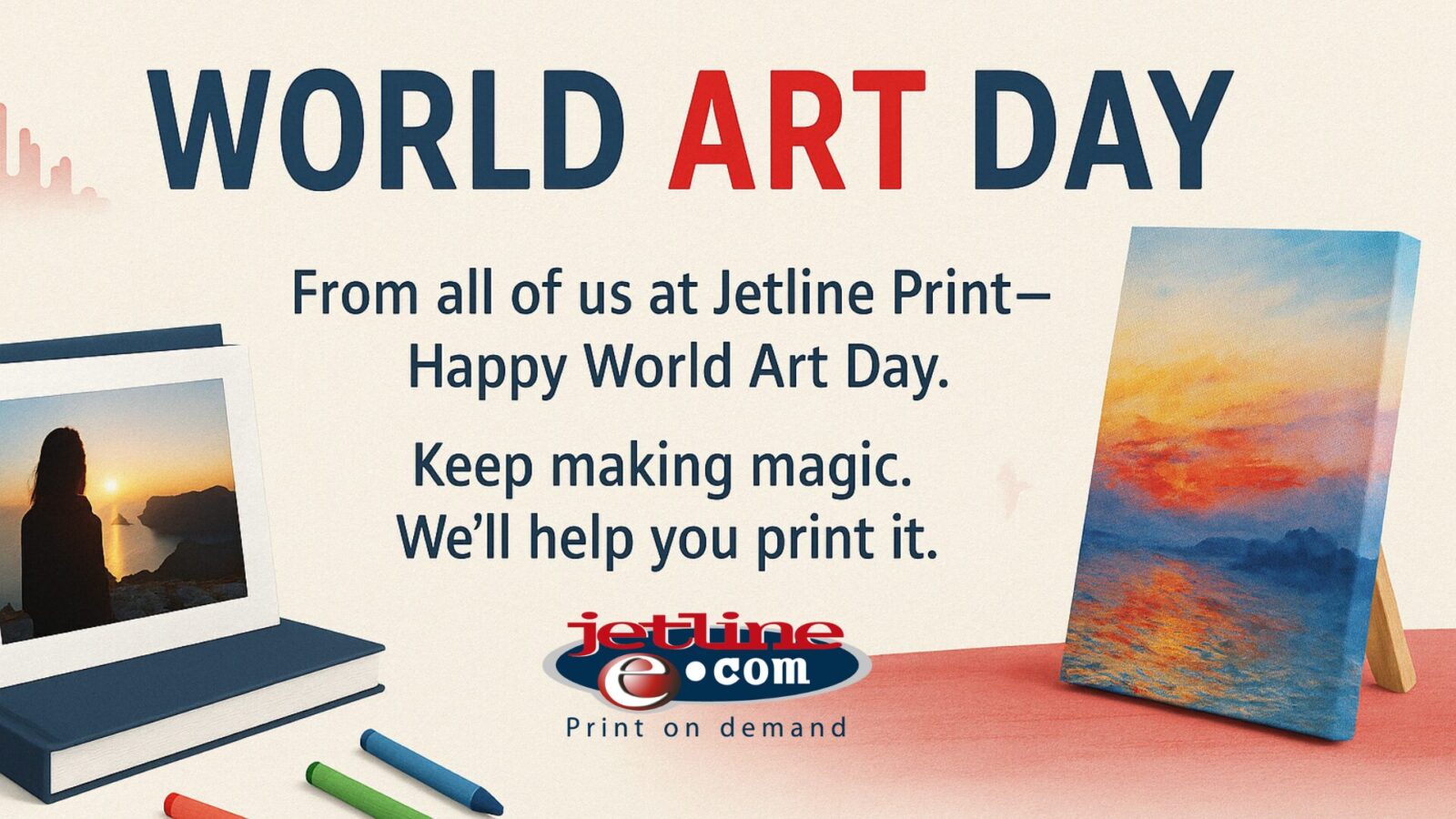1878 saw the invention of lithography printing, however, at the time, the technology was too expensive and slow for the production of posters. During this time, most posters were created using metal or wooden engravings, with little to no design or colour. This all changed in the 1880s with the development of the 3 stone lithographic printing process. This ground breaking invention allowed artists to work with any colour of choice, with just 3 stones (usually yellow, red, and blue)
The process was complex, but the results were remarkable as the colour intensity and texture was sublime for the time. With the ability to combine image and word in an aesthetically appealing and cost-effective format, opened the way for the lithographic poster, ushering in the era of modern advertising as we know it today.
It was Cheret, a young and extremely talented artist, who designed over 1000 iconic posters in a span of 30 years, paving the way for artistic and eye-catching poster design.
Some of the Iconic Cheret Lithographic Poster Designs:




The Belle Epoque and Art Nouveau
Toulouse-Lautrec’s Moulin Rouge poster of 1891 elevated the status of the poster to that of art. During the 1890s. poster exhibitions and dealers thrived. Parisian poster dealer, Sagot, was the industry leader, with over 2200 different posters in his catalog.

Toulouse-Lautrec’s Moulin Rouge poster of 1891
It was a few years later that Czech artist, Alphonse Mucha created the first Art Nouveau poster, a true masterpiece. This style of art flourished, becoming a global movement.

Alphonse Mucha Poster Design
On a worldwide scale, the poster was used to celebrate one of a kind cultural institutions. In Spain, the bullfight was depicted in posters, while in Italy, Opera and Fashion were featured prominently on posters.
As the lithographic poster progressed, becoming a part of global culture, distinctive styles started to show. Dutch poster design was restricted and orderly while Italian posters were grander, and German posters had a direct, strong visual identity.
A New Century
By the 1900s, Art Nouveau had started to decline in popularity, becoming predictable and repetitive. Leonetto Cappiello was the Italian artist who filled the void in the poster design industry after arriving in Paris in 1898.
Cappiello focused his attention on designing a single, simple image, with a touch of the bizarre and a dash of humour. This odd approach to design certainly caught the attention of the viewer, and stimulated the imagination of the public. He created an eye-catching brand identity, becoming the father of modern advertising as we know it today.



Cappiello’s bizarre poster design style (above) would reign supreme until the Art Deco movement of the 1920s.
While this was the craze in Paris, artists in Scotland, Austria, and Germany rejected curvilinear and ornamental design in favour of geometric structure based print design. These modern print designs started in Berlin in 1905, headed up by the artist Lucian Bernhard, and in Munich by Ludwig Hohlewein. This design style focused on flat shapes and colour, developing a more abstract visual, the beginning of modernism in design.

Lucian Bernhard Design
A World at War and the Bloshevik Revolution
With World War I, posters served a new purpose: propaganda. The world war actually brought in the largest advertising campaign the world had ever seen. The campaign was constant, raising money, recruiting and promoting volunteer efforts, as well as spurring outrage in the public – aimed at the enemy.
The USA produced over 2, 500 posters and printed 20 million posters. Essentially, a poster for every fourth citizen, and all of this was done in a period of 2 years.

The Bolsheviks acknowledged the incredible impact these poster designs had in America, and they began using the same tactics, ultimately winning the war against the “whites.” The Bolsheviks quickly became masters of modern day propaganda, and the printed poster became a weapon.

Poster Design Between the Wars: Art Deco and Modernism
After the First World War, Art Nouveau quickly became irrelevant as society became more industrial. During this time Dadaism, Cubism, Expressionism, and Futurism, were the artistic movements of the moment. During this time, graphic design transformed into an industry as graphic design courses began in Germany, France, and Switzerland – a key moment in the marketing industry.
This evolution was picked up by the Soviet Union. Constructivist art took shape, creating a technologically advanced society. The Constructivists created what is knows as agitational style posters, designed with strong diagonals and eye-catching colours. The artists of this movement were almost aggressive in their style, and had a massive impact on Western design.

Constructivist art
In the mid-20s, this modernist approach became an international trend, and evolved into a movement known as Art Deco. As this was an industrial age, speed and power became the relevant themes. Art became streamlined, sleek, and angular, reflecting the age of Jazz. This movement reached far and wide, making its way to Africa, Egypt, and Persia.

Art Deco Poster Design
POSTER DESIGN AND POSTER PRINTING
The role and aesthetic of the poster is always evolving, meeting the ever changing trends of society.
The poster continues to flourish and still plays a major role in advertising and art. If you are thinking about creating the ultimate poster to promote your business, brand, event, or film, you have come to the right place!
Your poster needs to reflect your message, tell the right story, and catch the eye of your target market. It is important that you work alongside an experienced design and print company to help you put together a poster that gets clients and potential clients talking.
Contact the print, branding and design experts today the Jetline professionals are here to help!

